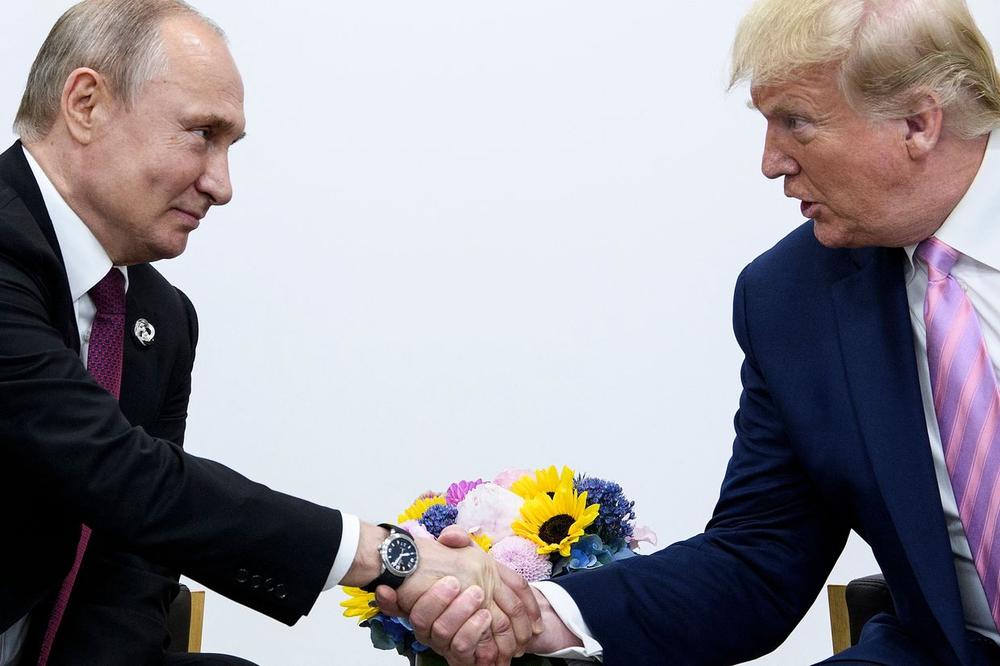The U.S. and Russia are seeking to reach a deal to cement Moscow's occupation of Ukrainian territories and end the war, Bloomberg reported on Aug. 8, citing undisclosed sources.
The news come as U.S. President Donald Trump and his Russian counterpart Vladimir Putin are expected to meet as soon as next week.
U.S. and Russian officials are working on a territorial agreement, the sources told Bloomberg.
The proposed deal is aimed at freezing the conflict and laying the groundwork for a ceasefire and technical negotiations toward a final peace settlement, the news agency reported.
Putin is demanding that Ukraine cede all of Donetsk and Luhansk oblasts, as well as Crimea, Bloomberg wrote.
Russia currently occupies roughly 20% of Ukraine's territory. This includes the whole of Crimea, occupied in 2014, and large parts of Donetsk, Luhansk, Zaporizhzhia, and Kherson oblasts.
Moscow illegally declared the annexation of the latter four regions in 2022 and insists on Ukraine's full withdrawal from them as part of a peace deal, even though it does not control them completely.
The Kremlin is also pushing for formal recognition of its control over occupied Ukrainian territories. While Trump has reportedly signaled a willingness to recognize Russia’s occupation of Crimea, Ukraine has firmly rejected this move along with any withdrawal from the territories it currently holds.
As part of the deal currently under discussion, Russia may cease offensive operations in Kherson and Zaporizhzhia oblasts along existing front lines, according to Bloomberg's sources. The terms remain in flux and could be changed.
It remains unclear whether Moscow is prepared to relinquish any of the territories it currently occupies, including Ukraine's Zaporizhzhia Nuclear Power Plant, according to Bloomberg.
Washington is reportedly trying to secure support from Ukraine and its European allies for the potential deal, which remains far from certain.
The Kyiv Independent reached out to the President's Office for a comment.
The Trump-Putin meeting comes amid growing U.S. pressure aimed at cutting off Russia's war funding. Oil revenues make up roughly one-third of Russia's federal budget, and Washington is targeting those flows through secondary tariffs.

 Apple Intelligence’s ChatGPT integration will use GPT-5 starting with iOS 26
Apple Intelligence’s ChatGPT integration will use GPT-5 starting with iOS 26